Peter Lamont, film set designer who helped define the 007 look and won Oscar for Titanic – obituary
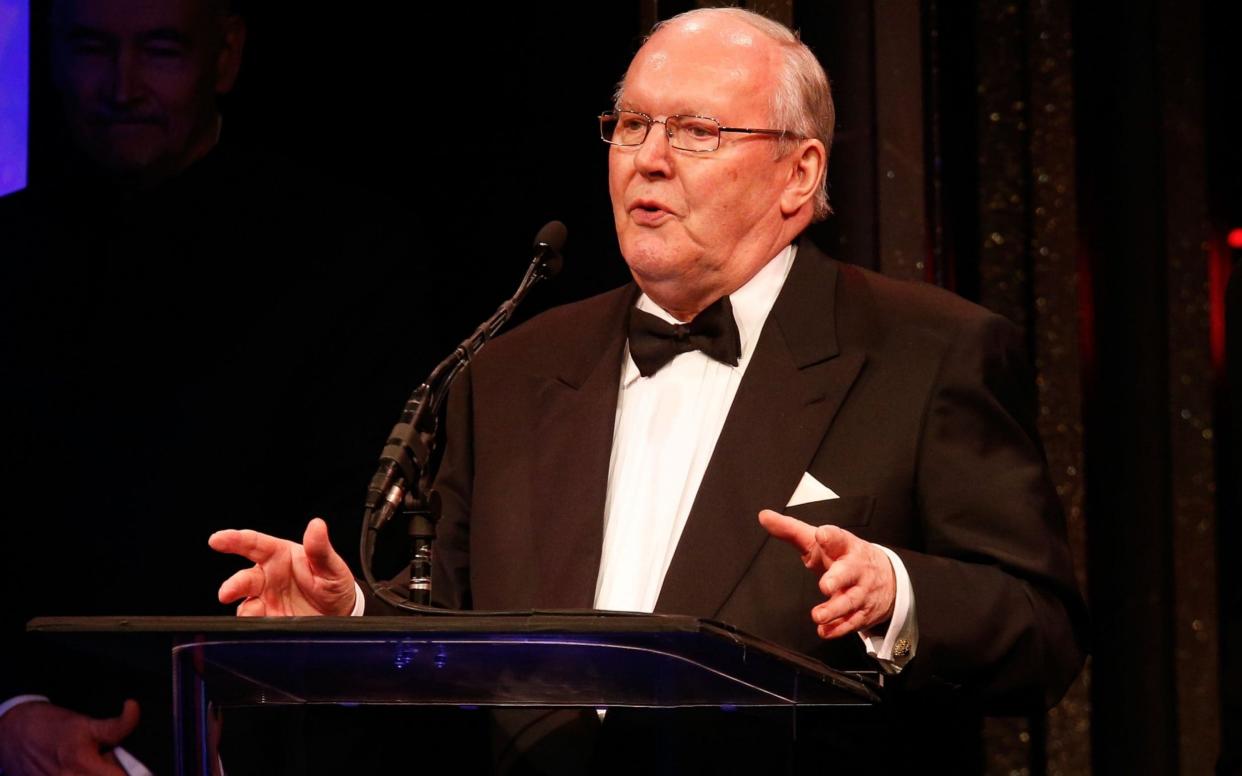
- Oops!Something went wrong.Please try again later.
Peter Lamont, who has died aged 91, defined the look of the James Bond films over a quarter of a century as the franchise’s production designer; he also won an Oscar as the designer of Titanic.
Lamont was set decorator and then art director on several Bond films under the tutelage of the German-born visionary (Sir) Ken Adam. He then succeeded Adam as production designer with For Your Eyes Only (1981) and continued on almost every Bond picture up to Casino Royale (2006) – the exception was Tomorrow Never Dies, which clashed with his Titanic commitments.
Lamont’s speciality, as the official Bond archivist Meg Simmonds told the Telegraph, was coming up with “simple ideas for something that everybody thought was going to be quite complicated, that … were cost-effective.”
She cited his work on the tank chase in GoldenEye (1995), for which – in six weeks and at the cost of £1 million – he recreated a stretch of St Petersburg at Leavesden Studios. “Pierce Brosnan never went to Russia, and watching that sequence you would never guess that.”
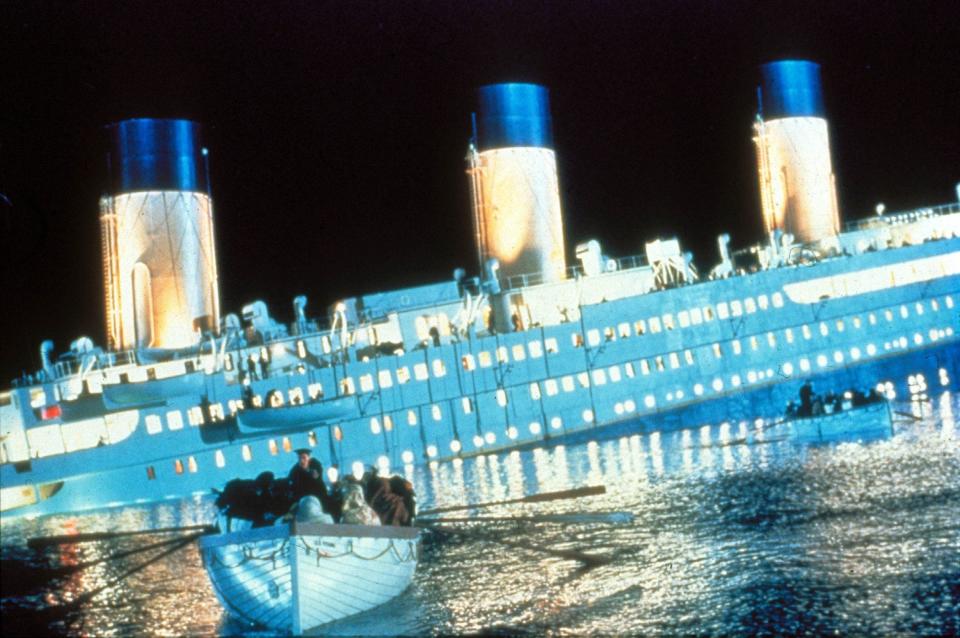
Although his career lasted well into the era of CGI, Lamont maintained that, contrary to received opinion, it was usually possible to find a way of producing an effect on camera that would be cheaper than using computer imagery – provided the film-makers were imaginative enough.
Although he rarely matched the flamboyance of Ken Adam’s designs, he did not lack flair. It so happened, however, that his tenure as production designer began during a period when the Bond producers were favouring smaller, more realistic sets – not least because Adam’s space-age designs for his final film, Moonraker, had been hugely expensive and rather coolly received.
Nevertheless, Lamont’s sunken Greek temple, built at Pinewood and reassembled deep in the ocean off the Bahamas, made a striking impression in For Your Eyes Only, and he got into his stride in Octopussy (1983) with the title character’s ceremonial barge (assembled by Lamont at Lake Pichola from two abandoned boats he found on the banks) and Kamal Khan’s palace.
Among his other most memorable sets were Max Zorin’s mine in A View to a Kill (1985) and Sir Gustav Graves’s ice palace in Die Another Day (2002). His own favourites, though, were smaller sets that showcased his talent for interior design, including the Japanese bath-house in A View to a Kill and the sumptuous Canary Wharf flat belonging to “M” (Judi Dench) in Casino Royale.
His could be a demanding job. When Lamont went on a recce to the Thai island Khao Phing Kan, he ended up staying there for seven months, constructing Scaramanga’s lair for The Man with the Golden Gun in 1974. He had to take responsibility for all decisions himself, as it took days for messages to go to and from England: “The accountant used to get off the plane, give us our per diem and get back on the plane again.”
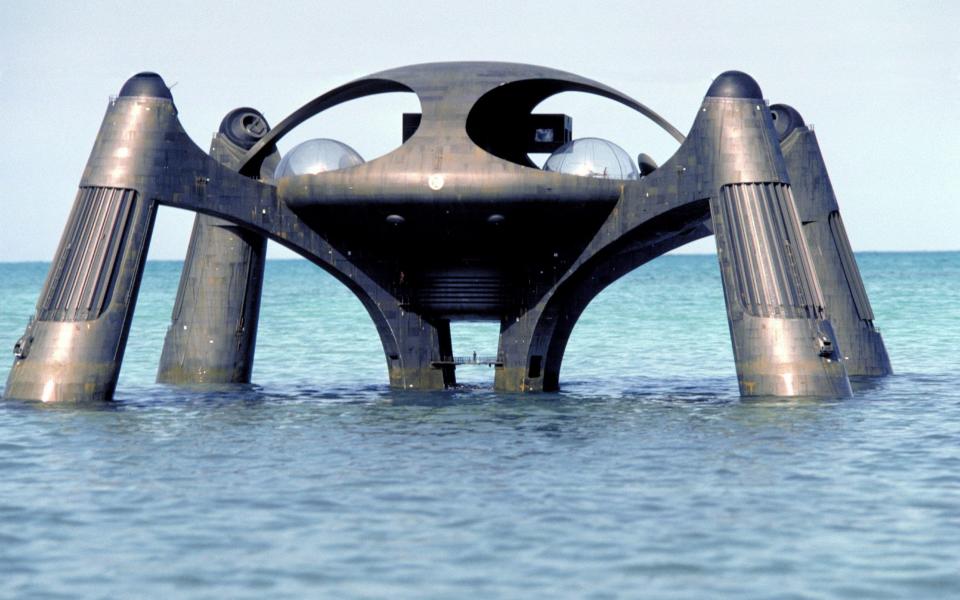
Ensuring each film had the right aesthetic required him to be as skilful a negotiator as he was a designer. Desperately wanting a Lotus Esprit for The Spy Who Loved Me but told that the company did not have one to spare, he persuaded the chairman to lend them his own. Despite repeated requests, however, he never gained permission to look inside the offices of MI6.
Away from Bond, Lamont worked on films ranging from Sleuth and The Boys from Brazil to Chitty Chitty Bang Bang and Carry On Matron. He formed a fruitful partnership with the director James Cameron as production designer on Aliens (1986), True Lies (1994) and, finally, Titanic (1997).
His achievement on this blockbuster was all the more remarkable as Cameron insisted that the doomed liner be recreated absolutely faithfully down to the last detail, from the lifeboats to the cutlery and crockery; at the same time the set had to be capable of withstanding tons of water.
After spending months researching in the archives of Harland & Wolff, Lamont had a 775 ft replica of the Titanic constructed in Mexico. It was finished on only one side, and to duplicate the other side every set decoration and costume, down to the buttons on the jackets, were constructed in mirror image and then reversed on film.
“People thought we were crazy,” Lamont recalled, “but it all worked out for us.” He shared the Academy Award for Best Art Direction with his set decorator Michael D Ford; it was fourth time lucky for Lamont, who had previously been nominated for work on Fiddler on the Roof, The Spy Who Loved Me (jointly with Ken Adam) and Aliens.
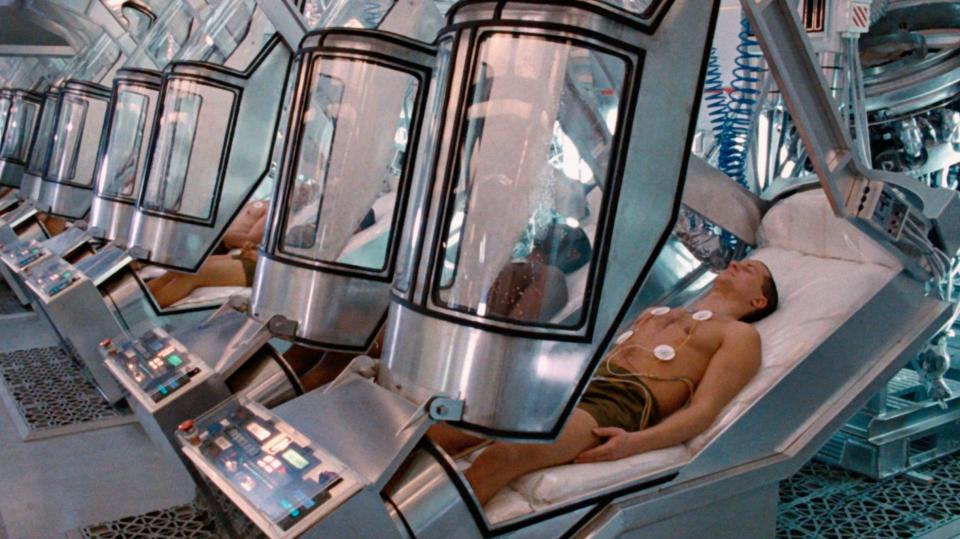
Lamont had his own close shave with Bond-style drama in 1982, while working on Octopussy. He was on a flight from Mumbai to Delhi when the plane was hijacked by a Sikh separatist and redirected to Lahore.
Lamont and the other passengers endured hours of being held hostage in the sweltering heat at the airport. Passing the time by talking to the man next to him, he eventually got round to explaining what he did for a living. “Pity you don’t have any of them bloody gadgets with you,” came the reply.
Peter Curtis Lamont was born in Borehamwood, north London, on November 12 1929, to Cyril Lamont, a signwriter, and his wife Mabel (née Curtis). His father often worked at Denham and Pinewood film studios and Peter was a regular visitor, even being permitted a ride on the famous “Stairway to Heaven” built for Powell and Pressburger’s A Matter of Life and Death (1946).
Peter failed his 11-plus but won a scholarship to High Wycombe Technical Institute. His father then secured him a job as a runner and assistant print boy in the art department at Denham. His first designs were for The Woman in the Hall (1947), starring Jean Simmons, and after a break for National Service as an airframe mechanic with the RAF, he was a draughtsman on several films, including The Importance of Being Earnest in 1952.
Later he was a set dresser on The Bulldog Breed (1960), Cleopatra (1963) and This Sporting Life (1963) – he recalled that Richard Harris would often interrupt filming with foul-mouthed tirades, but then treat the whole crew to champagne as an apology.

The British film industry was collapsing, however, and Lamont was forced by unemployment to go back to being a draughtsman, on Goldfinger (1964). Nevertheless, his prototype model for the Fort Knox set impressed Ken Adam, who promoted him to chief draughtsman on Thunderball (1965). As much of that film was shot underwater, he had to take a crash course in deep-water swimming, and even briefly deputised for Sean Connery (in a wetsuit) in one scene.
Promoted to set decorator for You Only Live Twice (1967) – he contributed much to Adam’s celebrated design for Blofeld’s volcano lair – Lamont had to endure difficult meetings with the mercurial producer Harry Saltzman, who would rage over every expense, but Lamont learnt that he simply had to ignore him and buy whatever he needed.
Perhaps his greatest achievement during this period was Blofeld’s alpine retreat, atop the Schilthorn mountain in Switzerland, for On Her Majesty’s Secret Service in 1969.
On being offered the promotion to production designer, Lamont recalled: “My wife said to me, ‘Are you crazy?’ [and] I said, ‘Well, if it doesn’t work, I’ll go back to be supervising art director and I’ll never try it again.’ ” In the event he triumphed, and over the years established a crack team that included his brother Michael and son Neil.
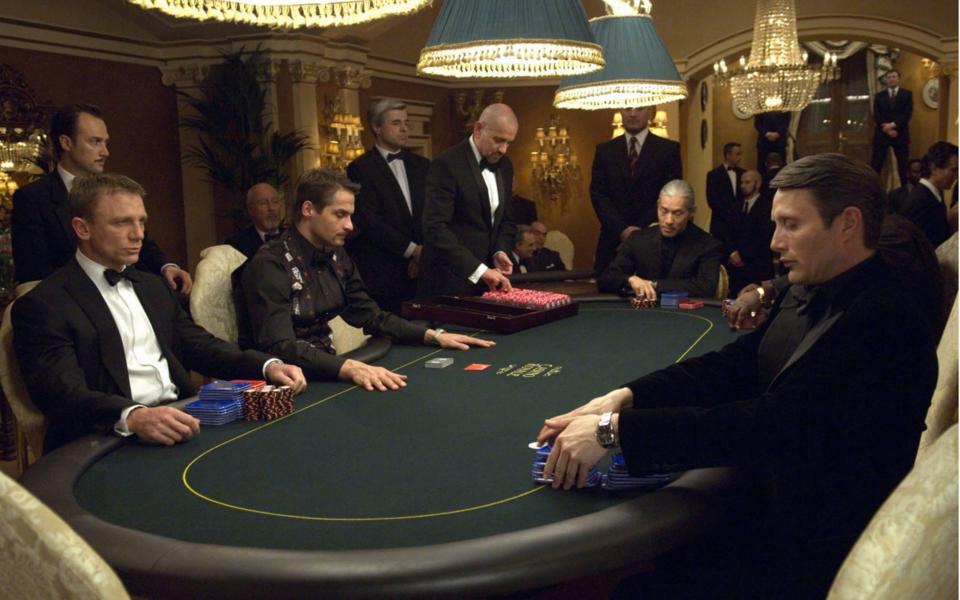
After Casino Royale, for which he was Bafta-nominated, he was succeeded as production designer by the Canadian Dennis Gassner. The length of his association with the Bond franchise – 42 years – remains unsurpassed.
Lamont, who was totally unpretentious and highly clubbable, liked to end each working week by organising drinks for the art department – “Margarita Friday” became a fixture on the Titanic set in Mexico.
He loved animals and would become a sort of Dr Dolittle on every foreign location shoot, adopting stray cats and dogs which followed him everywhere and which he would ensure were re-homed before he left. He was renowned for his constant loud, tuneless whistling and jingling of the coins in his pocket.
In 2016 he published a memoir of his work on the Bond films, The Man with the Golden Eye.
Peter Lamont married, in 1952, Ann Aldridge. She died in 2015, and he is survived by his daughter Madelaine and his son Neil, who was the production designer on the Star Wars films Rogue One and Solo.
Peter Lamont, born November 12 1929, died December 18 2020

